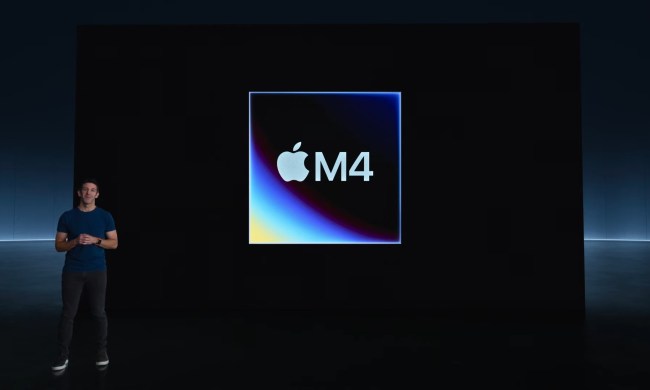The initiative is the brainchild of UN creative director Gabo Arora. Currently, audiences can experience life with a 12-year-old girl in a Syrian refugee camp in Clouds Over Sidra, see the world through the eyes of an Ebola survivor in Liberia in Waves of Grace, or journey to Gaza with a mother lost two young sons in the bombing of the UNRWA school in My Mother’s Wing. But simply sharing these stories is no longer enough; Arora and the UN are seeking to catalyze action that will improve the lives of these individuals, and those like them.
“There’s so much that’s so abstract at the UN and in policymaking,” Arora told Engadget, but the VR experience and companion app makes this work a big more tangible. “It shows the power of storytelling for impact,” he continued, “The power of storytelling in diplomacy and foreign affairs. Which I don’t think has been able to happen until now.”
And indeed, it does seem powerful. At the very least, it helps fill the coffers. Last year, when a fundraising conference played Clouds Over Sidra for attendees, the UN managed to raise $3.8 billion, exceeding its projections by more than 70 percent. A UNICEF fundraising program determined that after watching the VR film, audiences donated at twice the rate as those who did not see such a film at a similar event.
So now, the UN is trying to capitalize upon this boost, specifically with the VR app. “With the app, we make it so that when you finish watching the film, there’s an action button on the app that leads to a menu of actions,” Arora explained. “Through this you will be able to donate money, get involved with organizations in Canada, donate your time or extra things lying around.” Volunteers can do anything from teaching English, to mentoring a family, to inviting refugees over for dinner. And while the initial focus of the app is the refugee crisis in Canada, Arora sees a much greater application of both VR and the application down the line.


